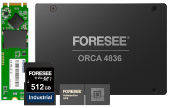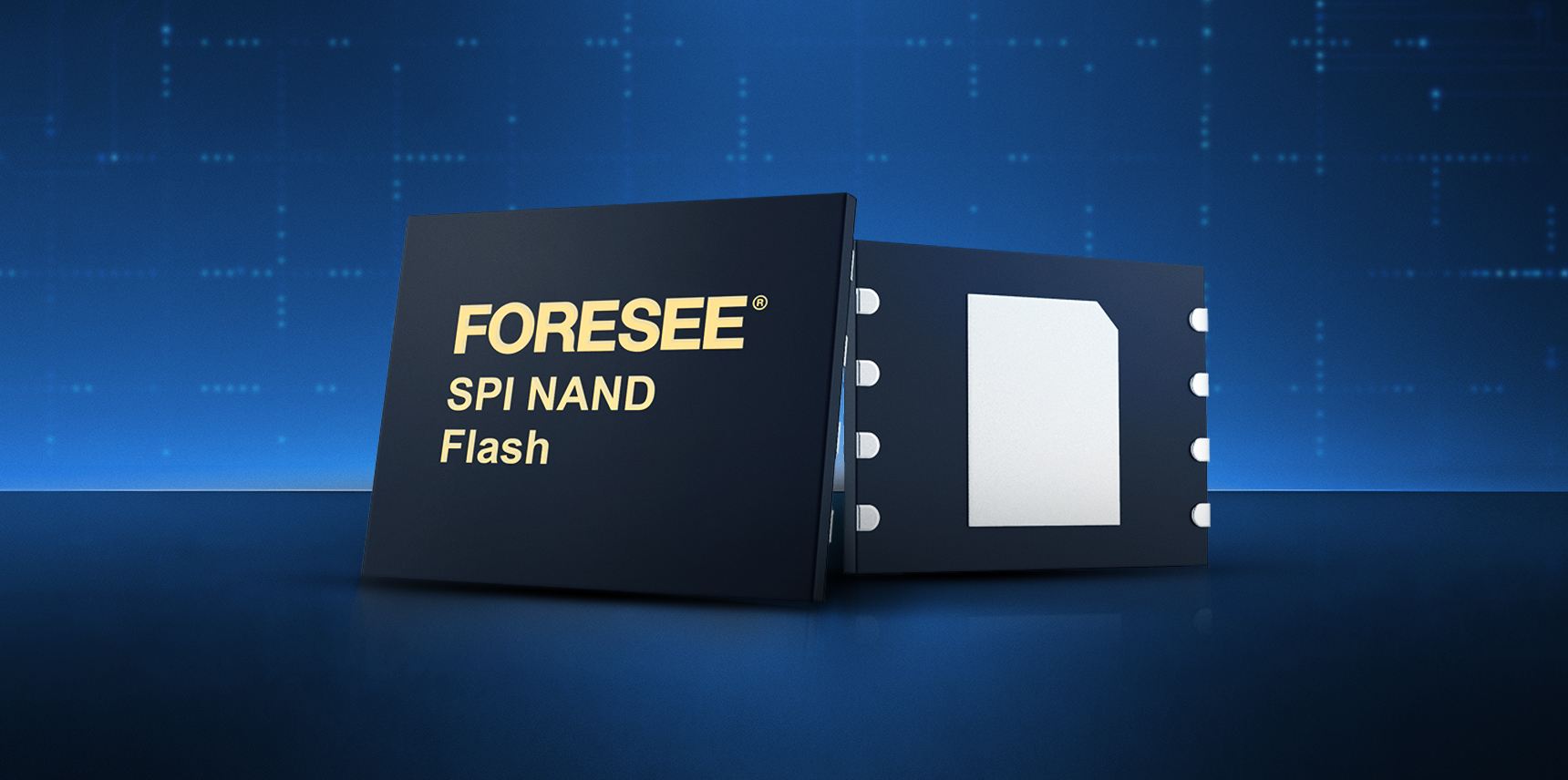Solid State Drives (SSDs) have become the go-to option for many, thanks to their superior speed and reliability compared to traditional Hard Disk Drives (HDDs). For IT departments, businesses, and resellers choosing the ideal capacity, the decision between 256GB and 512GB SSDs often comes down to balancing storage needs with cost considerations.
In this guide, we’ll dive into the comparison between 256GB and 512GB SSDs, helping you make an informed decision for your organization’s storage infrastructure.
Understanding SSD Basics
Before we delve into the specifics of 256GB vs. 512GB SSDs, let’s briefly review what makes SSDs essential for modern business operations:
• Speed: SSDs offer significantly faster read and write speeds compared to HDDs, resulting in quicker boot times, faster file transfers, and improved overall system responsiveness—key for productivity in enterprise environments.
• Reliability: With no moving parts, SSDs are more durable and less prone to physical damage than HDDs, reducing the risk of data loss in business-critical devices.
• Energy Efficiency: SSDs consume less power, which can lead to better battery life in laptops and reduced energy costs across desktops and workstations.
• Noise: SSDs operate silently, a benefit in office environments and for business professionals working in noise-sensitive areas.
Now, let’s focus on the key differences between 256GB and 512GB SSDs.
Storage Capacity Differences
The most obvious difference between 256GB and 512GB SSDs is the amount of storage space available, affecting the types of tasks and data each can support. Here’s how they compare in practical terms for business applications:
256GB SSD
Ideal for basic business computing needs, a 256GB SSD can support day-to-day applications while balancing cost-efficiency. This capacity suits tasks that primarily involve lighter storage requirements. For example:
• Store up to 64,000 photos (at 4MB each), or
• Store up to 64,000 songs (at 4MB each), or
• Accommodate around 128 hours of HD video
Note: These estimates are based on single file types. Storing a mix of files will adjust the total capacity depending on specific file sizes.
512GB SSD
Offering double the storage capacity of a 256GB SSD, the 512GB model provides more flexibility for businesses with growing data needs or applications that handle larger file sizes. This capacity supports:
• Up to 128,000 photos (at 4MB each), or
• Up to 128,000 songs (at 4MB each), or
• Around 256 hours of HD video
While the 512GB SSD clearly offers more storage space, it’s essential for IT managers and procurement specialists to consider actual usage. For many workstations, a 256GB SSD may suffice, especially when combined with cloud storage services or external drives for archival data.
Cost Considerations: Balancing Budget and Capacity
For IT departments managing budgets and asset allocations, understanding the cost differences between these capacities is crucial:
• 256GB SSDs are generally more affordable, making them an attractive choice for outfitting multiple devices with standard storage needs.
• 512GB SSDs offer a better price-per-gigabyte ratio, providing greater value for users who need additional storage flexibility.
Prices can vary significantly based on factors such as brand, performance specifications, and market conditions. For instance, the Lexar S435 SATA SSD series offers both 256GB and 512GB options, allowing IT managers to choose based on specific storage requirements and budget constraints.
Does Size Affect Performance?
In terms of raw read and write speeds, there is typically little difference between 256GB and 512GB SSDs within the same product line. However, larger SSDs like 512GB models can offer some performance benefits that are relevant for more demanding business tasks:
• NAND Configuration: Larger SSDs often include additional NAND chips that can be accessed in parallel, resulting in potentially higher performance.
• Overprovisioning: SSDs reserve a portion of their capacity for performance optimization and wear leveling, meaning that larger SSDs can allocate more space for these functions without affecting usable storage.
• Sustained Write Performance: Larger SSDs, like the 512GB models, generally sustain write speeds better during extended operations, thanks to more available free blocks.
For typical office productivity applications, these performance differences may be minimal. However, professionals working with large datasets or I/O-intensive applications could benefit from the performance edge of a 512GB SSD.
Use Case Scenarios: Choosing the Right Capacity
To help IT managers and business decision-makers choose between a 256GB and 512GB SSD, here are some common business scenarios to consider:
Everyday Office Computing
For basic office tasks like document editing, email, and web-based applications, a 256GB SSD is often sufficient. It provides ample space for the operating system, business applications, and personal files while delivering the speed benefits that SSDs bring.
Professional Workstations
Employees who work with larger files, multiple applications, or need extensive research materials might benefit from the additional capacity of a 512GB SSD. This capacity supports a broader range of tasks and ensures better performance in more storage-demanding professional workflows.
Data Analysis and Research
For business professionals working in data-intensive fields, such as engineers or data scientists, the additional capacity offered by a 512GB SSD can support large datasets and simulations. This extra space enables teams to efficiently store and process data without impacting device performance.
Content Creation and Media
Content creators—such as designers, video editors, and photographers—often require greater storage capacity. A 512GB SSD is typically recommended for these users to accommodate large media files, resource-intensive applications, and a fluid workflow without constant storage management.
Planning for Tomorrow’s Storage Needs
When selecting an SSD, it’s wise to consider not only current needs but also potential future requirements. Here are a few factors that businesses should consider:
• Software and OS Growth: Operating systems and applications tend to expand in size over time due to updates and additional features.
• Increasing File Sizes: As technology advances, the average size of media files and documents increases. For example, high-resolution media like 4K content requires more storage.
• Emerging Applications: New technologies, such as augmented reality (AR) and machine learning applications, may require additional storage capacity to function effectively.
• Maintaining Optimal Performance: SSDs perform best with some free space available. Choosing a larger SSD allows devices to retain free capacity, supporting optimal performance even as storage needs grow.
Considering these factors, a 512GB SSD may offer better long-term value and reduce the need for future upgrades or external storage.
Making the Decision: 256GB or 512GB?
Ultimately, the choice between a 256GB and 512GB SSD depends on specific business needs, budget considerations, and future plans. Here’s a quick summary:
• Choose a 256GB SSD if:
• The primary use is for standard office applications like web browsing, document editing, and email.
• Budgets are limited, and storage capacity is not a critical factor.
• Additional storage can be supplemented with cloud services or external drives.
• The SSD will be installed in older systems, where any SSD will significantly boost performance.
• Choose a 512GB SSD if:
• Your business requires storage for large datasets or intensive applications.
• You need to manage multiple software installations or data-heavy projects.
• The SSD is intended for users handling large media files or complex documents.
• You are future-proofing workstations against growing storage demands.
• Maintaining ample free space is essential to ensure sustained SSD performance.
Lexar Enterprise Solutions: Meeting Diverse Storage Needs
At Lexar, we understand that business storage requirements vary widely. Our product lineup includes SSD options that cater to different needs within the enterprise, including:
• XP2000/XP2300 PCIe SSD: Available in both 1TB and 2TB capacities, this high-performance drive is ideal for professionals and businesses needing top-tier speed and reliability. With sequential read speeds up to 3500MB/s, the XP2000/XP2300 is well-suited for data-intensive applications, complex content creation, and high-demand business applications.
• S435 SATA SSD: Offered in 256GB and 512GB options, this reliable SATA SSD balances performance and capacity, making it a versatile choice for general computing tasks and moderate professional use.
• Industrial SSDs: For demanding environments, our industrial-grade SSDs provide up to 1TB of storage. Designed for high endurance and reliability, these drives are ideal for industrial systems, automotive applications, and other scenarios where robust storage solutions are essential.
Our enterprise and data center solutions include customized storage options to meet specific capacity and performance requirements, ensuring optimal storage configurations for large-scale deployments. Contact us to discuss your storage capacity needs and find the best solutions for your business.
Balancing Storage and Cost for Your Business Needs
When comparing 256GB SSDs to 512GB SSDs, there’s no universal answer. Both options deliver the speed and reliability that SSD technology is known for, with differences in storage capacity and cost that should be weighed carefully.
For many business applications, a 256GB SSD strikes an excellent balance between performance and affordability, providing enough storage for operating systems, essential software, and regular office files. However, for businesses handling larger datasets or more complex workloads, the additional capacity of a 512GB SSD may be worthwhile, offering flexibility and reducing the need for future upgrades.
Investing in a high-quality SSD from a reputable provider like Lexar ensures a solid return on investment, with benefits like faster load times, improved responsiveness, and enhanced data management. By carefully considering the organization’s specific needs and future growth, IT departments can find the right storage capacity that meets performance expectations and budget requirements—making each SSD purchase a valuable addition to the company’s infrastructure.
Remember, the best storage solution isn’t always the largest capacity; it’s the one that most closely aligns with the requirements and goals of your business.




